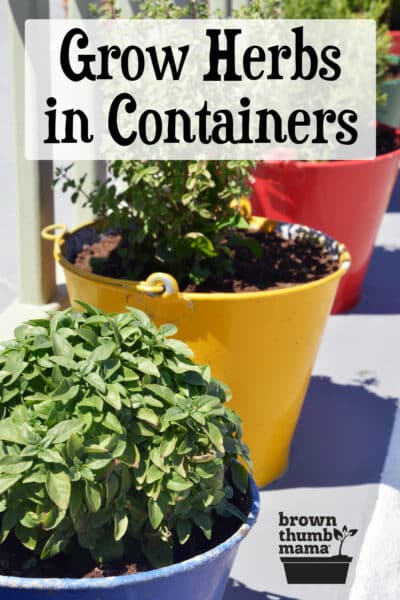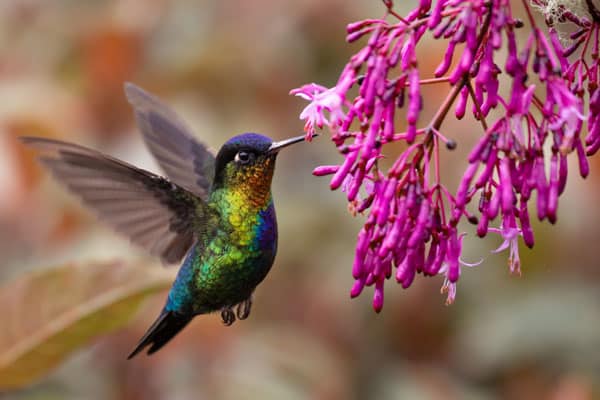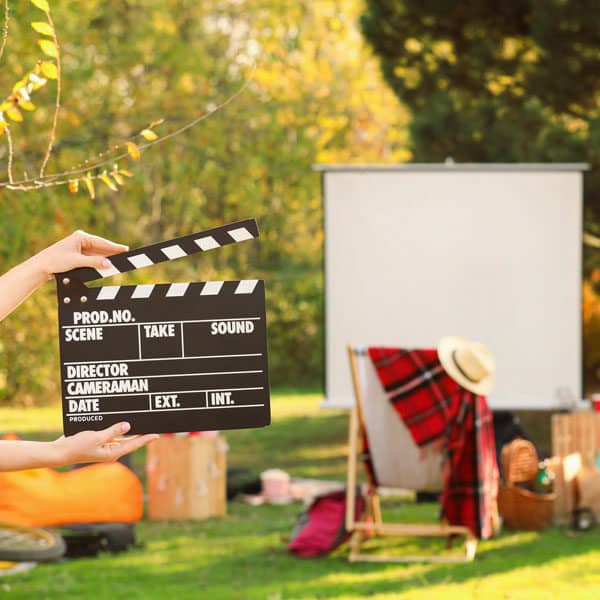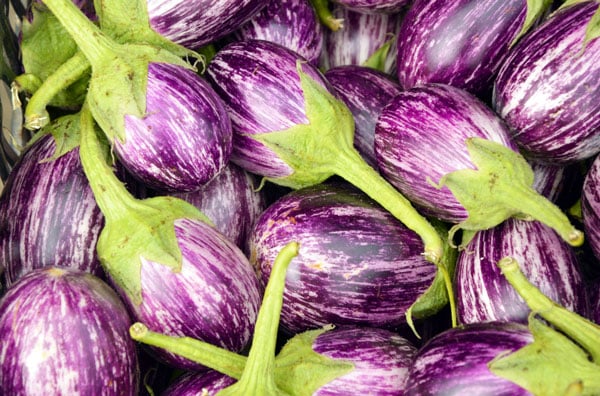This post may include affiliate links.
If you make a purchase, I'll earn a small fee at no extra cost to you.
The easiest way to grow herbs is in containers, and a windowsill herb garden is the best way to enjoy fresh herbs all year. See how easy it is to grow a windowsill herb garden–includes planting tips and recommended varieties.
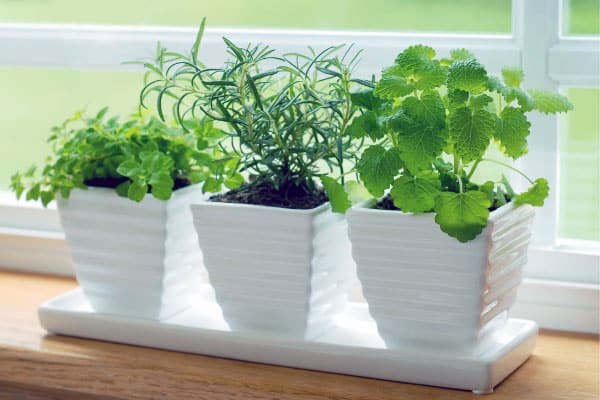
Thank you to Smart Pot® for sponsoring this article.
Choosing Herbs for Your Garden
When planting your windowsill herb garden, it’s important to choose plants with the same growing requirements. I chose herbs that like lots of sun, and planted them together. If you plant sun-loving herbs with shade-loving herbs, part of your garden won’t survive.
Here are some herbs that thrive in the sun:
Another decision is whether you’re going to plant perennials or annuals.
Are you a brand new gardener? Not sure what to plant or when to plant it? I can help.
You’ll find lots of great information in my new book, The First-Time Gardener: Container Food Gardening.
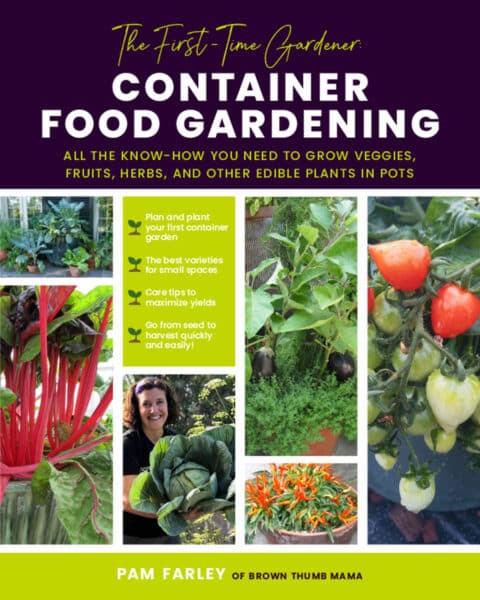
Perennials can be the anchor of your herb garden, since they’ll live for many years. Examples of perennial herbs are rosemary, oregano, sage, thyme, and lavender.
Annuals typically only live for one growing season, so you may want to grow them in succession. This means planting some now, some in a month or two, and so on. That way, you always have herbs that are fresh and growing. Examples of annual herbs are parsley, basil, cilantro, stevia, and epazote.
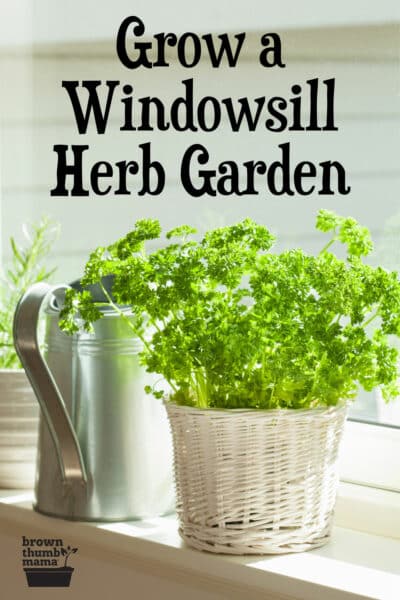
Best Containers for Herbs
Since I’m growing herbs on my kitchen windowsill, I don’t have a lot of space. These 1 gallon Smart Pots are perfect for my herb garden, and they come in fun colors. Smart Pots are durable fabric planters that are made in the USA. They’re weather-resistant, UV resistant, and come in lots of different sizes.
I’m growing citrus trees, blueberries, and potatoes in my Smart Pots this year. Did I mention that Smart Pots are BPA and lead free? That’s important when you’re growing food, and some of the cheaper brands can’t make that promise.
Oh, and Jonesey loves them (always a bonus).
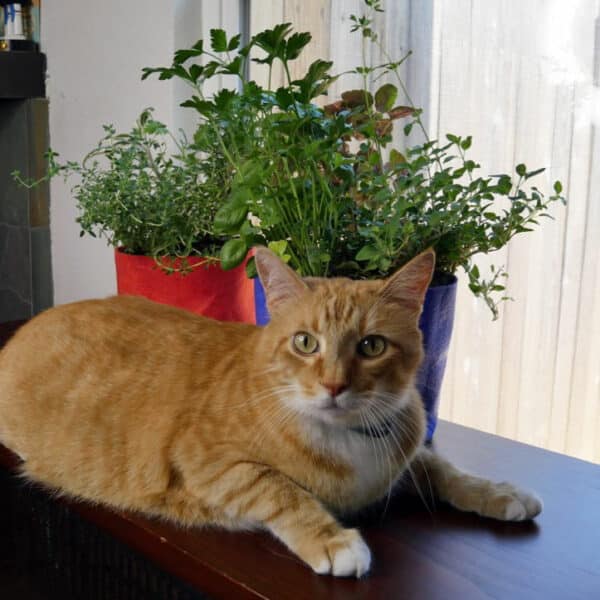
Best Soil for an Indoor Herb Garden
Please don’t scoop up a bunch of dirt from your yard for your herb garden. Garden soil is too dense and could have fungus, microbes, seeds, bugs, or other critters that will damage your plants. Here’s how to choose the best soil for container gardening.
Mix in some of your homemade compost to add extra nutrients to the soil. I like to add a bit of EB Stone Sure Start as well.
Location
A south facing window is the best spot for your herb garden, because it will get the most sunlight there.
While our house faces south, we have a big porch that shades our front windows. So I placed my herbs in an east facing window that gets lots of morning sun.
If your herbs end up getting tall and leggy (lots of stem but not many leaves), they need more sun. Move your herbs to a different window or consider adding a grow light to help them out.
Planting
You can combine plants in the same pot, or plant them all in separate containers. This time, I decided to plant a few different varieties together in one Smart Pot. I filled the pot about ⅔ full with a soil/compost blend, then gently eased the plants out of the nursery pots.
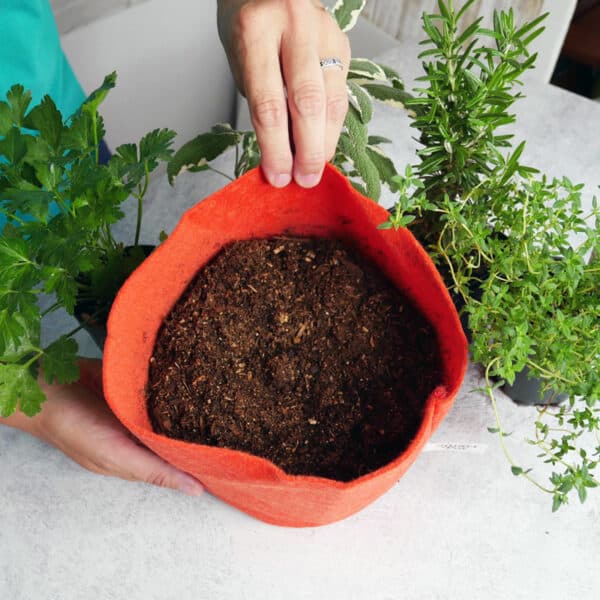
See how the roots of the parsley were wrapped around and around inside the nursery pot? This is known as being “root bound.” This happens a lot with plants in plastic, metal, or terracotta planters.
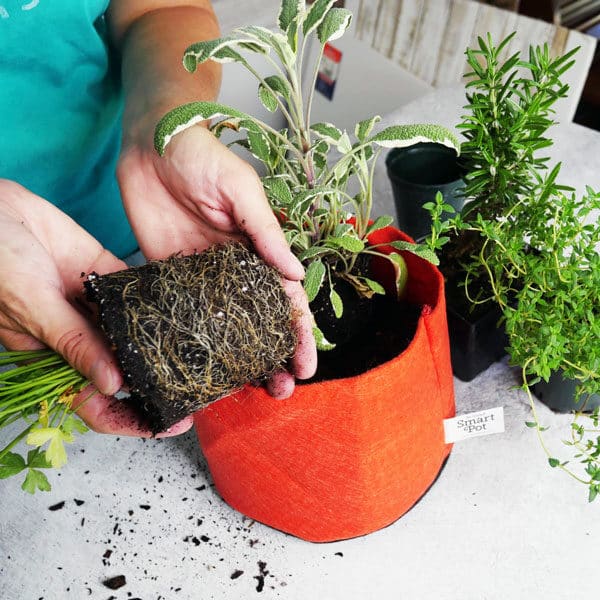
Because Smart Pots are porous, the roots don’t wrap around–they branch out. This is called air pruning, which is a natural and healthy way to promote root growth (and therefore more nutrient absorption). Smart Pots have been studied and proven to improve plant growth.
After you tuck all the herbs into your Smart Pot, there will be some empty spaces in between. An easy way to add soil is to fill up a paper cup, gently tease the plants apart, and sprinkle the soil in. Then gently press down to make sure all the plants are settled, and water.
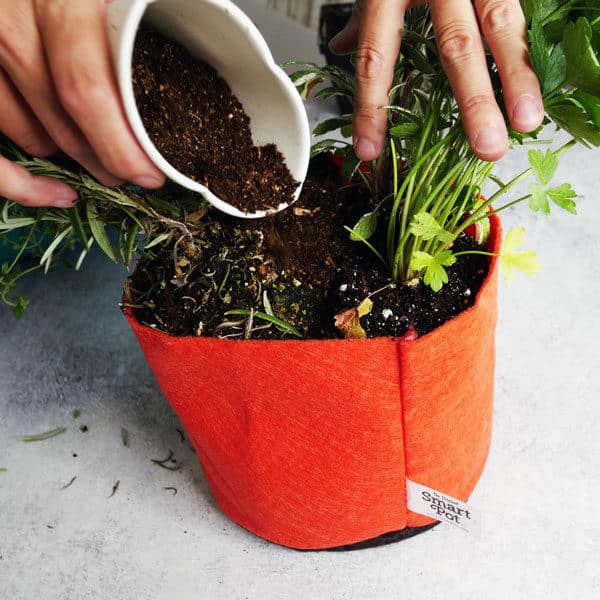
Watering & Fertilizing
Speaking of watering! Herbs can quickly die from overwatering, especially if they are in a decorative container without drainage holes. Since Smart Pots are made of fabric, their excellent drainage gives them a big advantage over plastic, metal, or terracotta pots.
An important part of container gardening is ensuring your plants have the nutrients they need. Since you’re using quality soil and compost, your herbs won’t need much fertilizer. These organic herb food spikes are easy to use and will give your plants the nutrition they need.
Pests & Diseases
Hopefully you won’t have any trouble with bugs in your windowsill herb garden. The most common pest with indoor plants are fungus gnats, which look like tiny fruit flies. They like wet soil, so be sure to let the soil dry out a bit between watering.
Types of Herb Garden
There are so many wonderful combinations of plants you can use in your herb garden! Here are some of my favorite herb garden ideas:
Italian Herb Garden
Tea Herb Garden
Herbes de Provence Garden
Scarborough Fair Garden
(Get it?!? 😉 )
